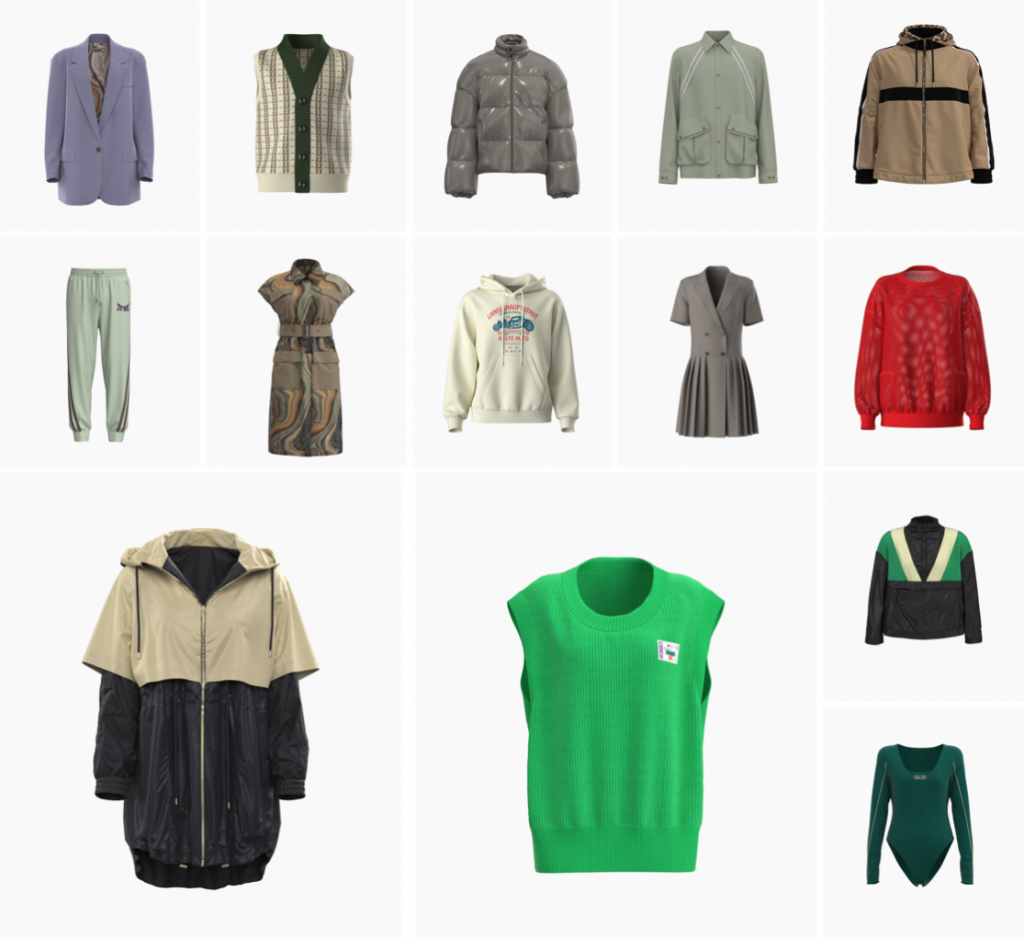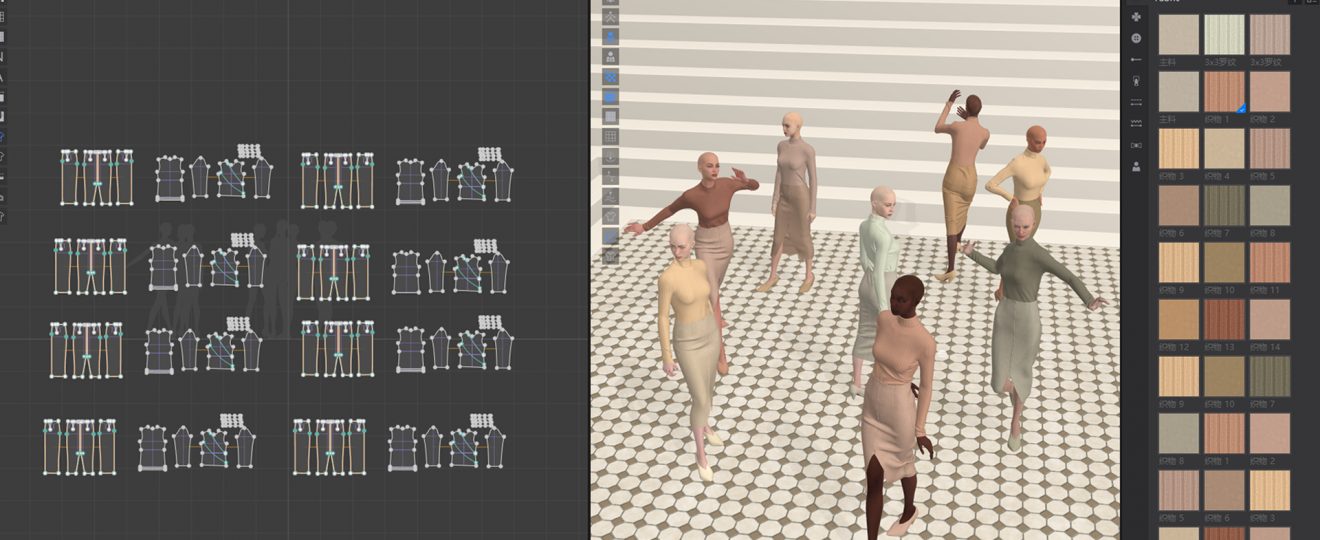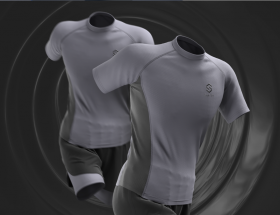When you think about 3D technology, what comes to your mind? It might be 3D printers, virtual reality, gaming… there are endless examples of its presence in our daily lives. However, the process of 3D modelling, which is a crucial part of the conception of any of the innovations mentioned above, doesn’t usually get the attention it deserves. From animation to architecture, many industries use 3D models as part of their product development.
Essentially, 3D modelling is a three-dimensional representation of an object or a surface, which uses points, lines and polygons to create shapes within the software. From this starting point, there are many possibilities for its use in the most varied sectors. The automotive industry has been using it for many years to create its 3D car models, while architects use 3D buildings to visualize and explore their designs and recently fashion started to tap into this market.
Even though the fashion industry came to the party later than others, it’s now picking up its reigns and is fully invested in it. There are many advantages of employing 3D technology in its supply chain, and the pandemic has only accelerated the need for digital-led innovations that can ease communication, save time and cut costs throughout the many stages of developing a product. Beyond the manufacturing process, it also allows fashion brands to connect with their customers through virtual and augmented reality experiences.
The 3D digital design makes designing and sample-making more efficient and quicker. It allows designers to experiment, make alterations, test fabrics and colours and realistically visualise their products – all with a few clicks, saving production time and materials. Speaking of it, one of the main benefits of 3D modelling is its sustainable impact. It eliminates the need for physical samples, reducing the waste of fabrics and trims, and also the energy and water used in the process, therefore reducing the industry’s carbon footprint. As it saves time and materials, it immediately helps cut production costs and increases productivity.

From design to fitting, this is another step made easier with 3D technology. A designer can instantly check how a product fits and if it needs any adjustments with the help of stress maps, which highlight possible problematic areas, making the fit more accurate. It also enables creators to showcase their designs in different sizes and bodies by using hyper-realistic avatars, leading to a more inclusive and diverse representation.
From a fashion consumer’s perspective, the main impact of this technology can be seen in how brands communicate their messages and enhance their customer service experience. Luxury labels like Burberry and Gucci have used augmented reality to showcase their products and facilitate virtual fittings, making it not only stress-free to go on a shopping spree but also reducing the returns rate by providing a more precise fitting idea. Fashion brands are also tapping into the metaverse by creating NFTs and digital-only clothes for apps and games, which are only possible through 3D modelling.
Balenciaga is a great example of 3D technology’s potential in fashion. The brand showcased its Fall 2021 collection in a virtual reality show, sending VR headsets to guests worldwide, and shortly after releasing its own videogame entitled ‘Afterworld: The Age of Tomorrow’, in which the characters wear the brand’s new pieces. Tommy Hilfiger is another big name that’s invested in this technology, by having VR headsets in its flagship store in New York, allowing customers to immerse themselves in the brand’s runway show.
As mentioned above, the possibilities 3D technology brings are endless and will keep evolving and changing how we consume and relate to fashion. Having this in mind, Style3D aims to facilitate these changes and revolutionise the industry by providing a collaborative and intuitive tool that transforms ideas into realistic 3D products. More than just a 3D design software, it encompasses four different areas that enable brands to forecast, showcase and manage their designs efficiently.
The Style3D Studio allows designers to create and experiment with transforming their two-dimensional images into 3D or designing directly in an avatar. It features a comprehensive catalogue of trims, stitches, accessories and tools to materialise the products. From design to showcasing, there are numerous avatars to use as models, as well as preset poses, props, light sets and more. Extremely attentive to detail, it renders high-quality, detailed images ready to be shared with the final customer.

The Style3D Market is the place to go when in the early stages of the creative process. It works as a source of inspiration and as a product library, comprising more than 40,000 3D models, from clothes to accessories, which can be easily edited. It’s monthly updated with new styles and trend boards curated by professional stylists, providing great insight into trend forecasts.
The Style3D Fabric enables the digitalization of fabrics, turning physical into digital through a scanner device. The hardware also includes stretch testing and bending strength testing auto devices, which accurately transform any fabric into a 3D asset. Developed for fabric suppliers, it also has an archive with over 5,000 fabric samples, providing numerous design possibilities.
In the final stage, after rendering products and developing or choosing a fabric, creators can find all crucial information and designs stored in Style3D Cloud, a platform that makes it easy to organise, share and manage all digital assets. Ensure the smooth running of different stages of product development by adding comments, sharing samples and swatches and receiving notifications.

Style3D offers a complete solution for fashion enterprises, big or small, longing for more efficient and productive working methods. As the urge for sustainable practices, time-saving techniques and digital-led innovations increases, Style 3D merges all key aspects to deliver an easy-to-use, high-performance and reliable software to empower creatives and help fashion move forward.







